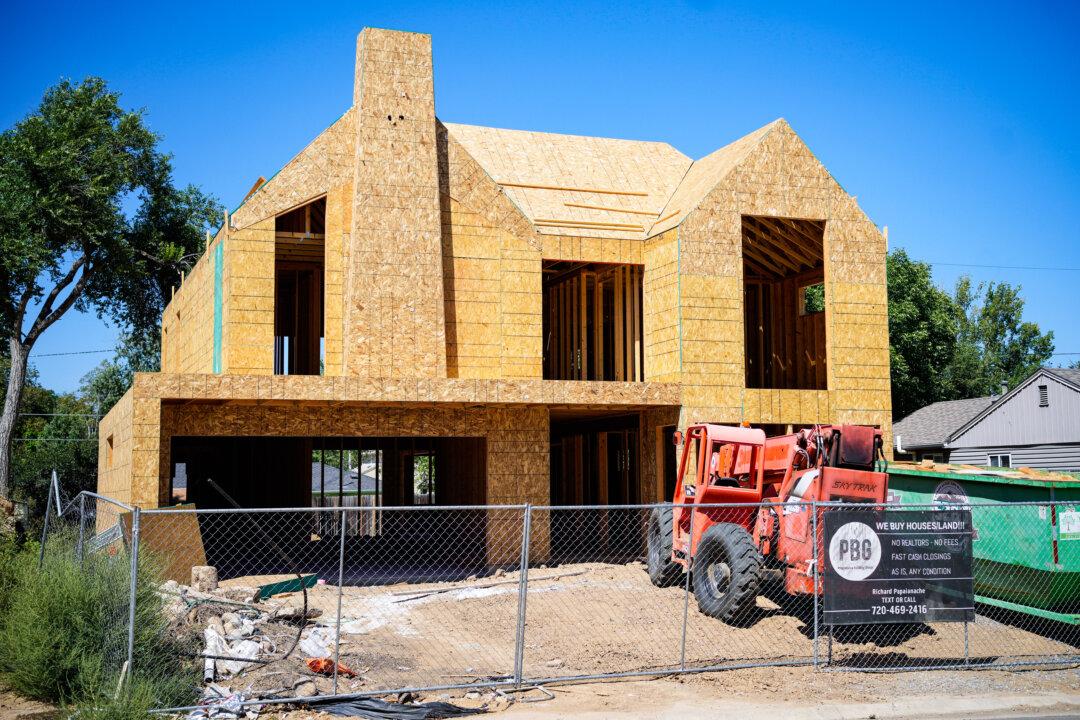The Biden administration’s latest energy efficiency rule for new home construction will push up costs and make housing even less affordable at a time when house prices have just hit record highs, according to two home builders associations.
Last week, the U.S. Department of Housing and Urban Development (HUD) and the U.S. Department of Agriculture (USDA) announced the adoption of updated minimum energy standards for new single-family and multifamily housing construction built with federal financing or funding.





